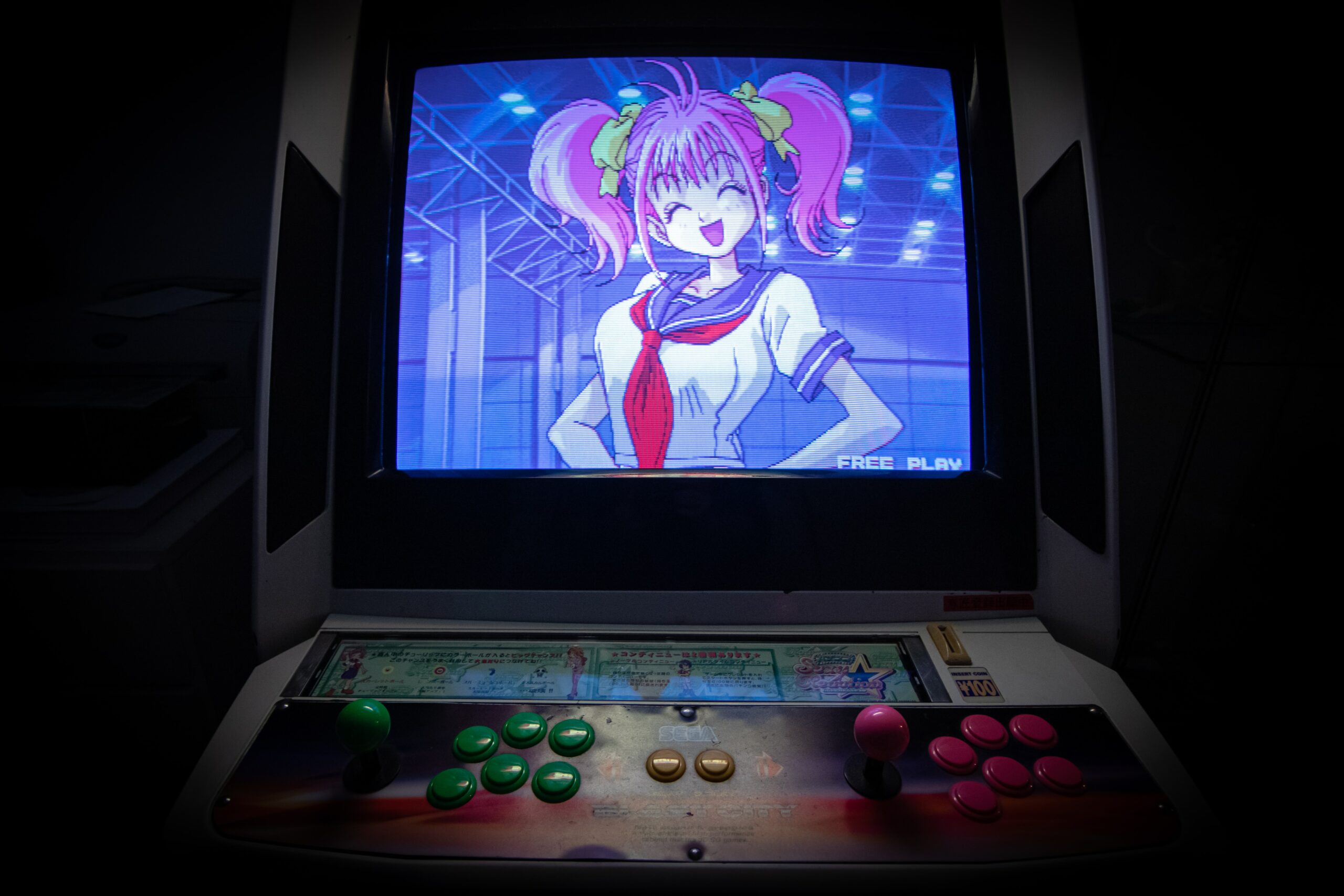Japanese television broadcasts the Anime Seasons in this exact order: winter, spring, summer, and fall.
The four seasons are represented by winter, spring, summer, and fall. Winter, Spring, Summer, and Fall are the four seasons that last around 13 weeks each. Seasons typically consist of 12-13 episodes, with each episode broadcast once a week for the duration of that season.
Each year, there are four quarters of broadcast seasons equal in length. The length of a cour is nearly equivalent to the size of these. Any of the previously specified broadcast seasons, such as the summer, can launch a single cours. Because of the second meaning of the season, though, things get a little murky.
As an illustration, consider the first season of AoT, which aired for more than three months. If you’ve ever wondered how long a specific anime’s season lasted, here is the time to look into it. I understand that this is the most popular usage of the term season instead of a broadcast season such as summer or winter, and I know it might be difficult to distinguish the two.
We refer to it as season one or season two. In the context of a single anime series, such as season one or two, the word “season” can have a variety of connotations. A time slot with a group of other shows, such as Fall or Winter, has been set aside.
It relates to the series’ isolated stretch in contrast to the TV seasons, as was noted before. A 24-26 or 39-episode “season” of anime is considered in this case.
Seasons 1 and 2 of Saiunkoku Monogatari, for example, both feature 39 episodes. For another illustration, consider Attack on Titan’s first season, which has 25 episodes and hence spans two TV seasons.
How Often Is There An Anime Season?:
As previously mentioned, there are four television Anime Seasons in Japan:
- Winter season from January to March.
- Spring season from April to June.
- Summer season from July to September.
- Fall season from October to December.
The beginning of an anime series is always the same. Some shows may air in the middle of one season, extending into the next. Their broadcasting began in the season that they’re still considered part of.
Seasons in Anime: What’s the Deal?
The term “season” in anime can mean two things: the four regular TV seasons or a single run of a series. Anime fans use the phrase “cour” to clear up any confusion about the term’s meaning. An episode of “Cour” refers to an entire 13-episode block or three months of animation.
‘Summer Anime’ and ‘Winter 2020’ can be used interchangeably. Twelve to thirteen episodes are typical for a single season. When airing continuously, 24 – 26 episodes, or two consecutive TV seasons, say Winter and Spring, from January to June.
Split season:
24 – 26 episodes, although there is a break in between. Here, the distinction between ‘cour’ and season can help clarify what is meant. The nine-month “season” is omitted during a split cour, allowing for a nine-month run of the show.
A time period includes a collection of other programs, such as Fall or Winter, set aside for a specific purpose known as a time frame. In English, the word “cour” is derived from the Japanese word (kuru).
There’s a common belief that the word comes from the French word “cours,” which translates to “lecture.” Distinct cours refer to seasons in traditional anime shows in the Japanese language. Seasons of the Monogatari Series adaptation have been airing ever since.
Anime Seasons aren’t the same as “seasons” in Cour, but rather specific adaptations. One Piece and Naruto, which have been running nonstop for decades, don’t use this system of cour and season as a point of reference.
How Many Episodes Are There in an Anime Season?:
While making a full-blown double cours of 39 episodes is a considerable risk to bear. Producers have the option of launching a second course if the first one is a success.
There are a few gripes, overall, the reviews are positive.” More time available to solve issues and produce more quality content could consider a split-cour option. Suppose the ratings aren’t good, or even worse.
The corporation can cancel the series and move on to other projects rather than losing a considerable amount of money throughout 2-3 seasons. The US television season is separated into two 6-month periods, which is unusual for an anime series.
After six months of airing, there will be six months of rest. A television show, for example, could begin in the fall and run until the spring, then take a hiatus from the spring until the summer. If the series only contains 10-15 episodes, the gap can be longer than six months.
Types of Anime Seasons concerning Cours:
- Single cour
- Double cour
- Triple cour
- Split cour
- Four cour
There are four of them.
A single cour:
This is the most common sort of Anime Seasons released each year, making it the most popular form of cour. The term “single cour” refers to a series of 10-14 episodes called a “single cour.”
Anime shows are frequently broadcast for a period of The US television season is separated into two 6-month periods, which is unusual for an anime series three months at a time.
Anime fans who prefer a more laid-back approach to their hobby will enjoy this series. Death Parade, Hinamatsuri, and Baccano are just a few of the many excellent one-cour anime that one can enjoy in one sitting. The Double Cour:
Double Cour anime follows a two-part narrative structure. The 24-26 episodes are aired throughout two television seasons or half a year. Jujutsu Kaisen was a fantastic six-month-long double-curriculum anime.
The Triple Cour:
The term “triple cour” does not exist as a recognized terminology, yet it is commonly used.
The 33-40 episodes that fall under this category aren’t usually televised in the sequence they were produced. It is still considered one season with many segments even though there are breaks between the courses.
Splitting up:
This is the most perplexing one. However, The first season of this type of anime was conceived in 2011, making it only a few years old. We’ve also seen many popular anime adopt this format in the last few years.
Split Cour season is the name given to an anime season with two distinct episodes. After the first episode airs, a pause occurs, and the next episode is issued after one or two broadcast seasons have passed since the first. We may safely assume more than two or three-quarters of a season between events.
It is not only a continuation of the previous season. A two-part season with two courses is possible if the break is shorter than that. Another variant of the Split Cour season features three distinct courses. The majority of three-season anime is broadcast in many seasons.
For these shows, there are three one-episode seasons. Another option is to broadcast three segments separated by a pause in each of the three courses that each piece will air on. The second season of Durarara! was a three-episode season that ran over five episodes.
The Four Cours:
Finally, we get at the most exclusive sort of transmission, designated for only the most popular anime shows. Because there are four classes in a year, these anime are broadcast every week. A typical year sees roughly 50-54 episodes.
There are 54 weeks in a year, but only because that’s the maximum amount. There’s nothing out of the ordinary about Anime Seasons being shown for numerous years at a time. Black Clover, a recent example, featured 170 episodes.










